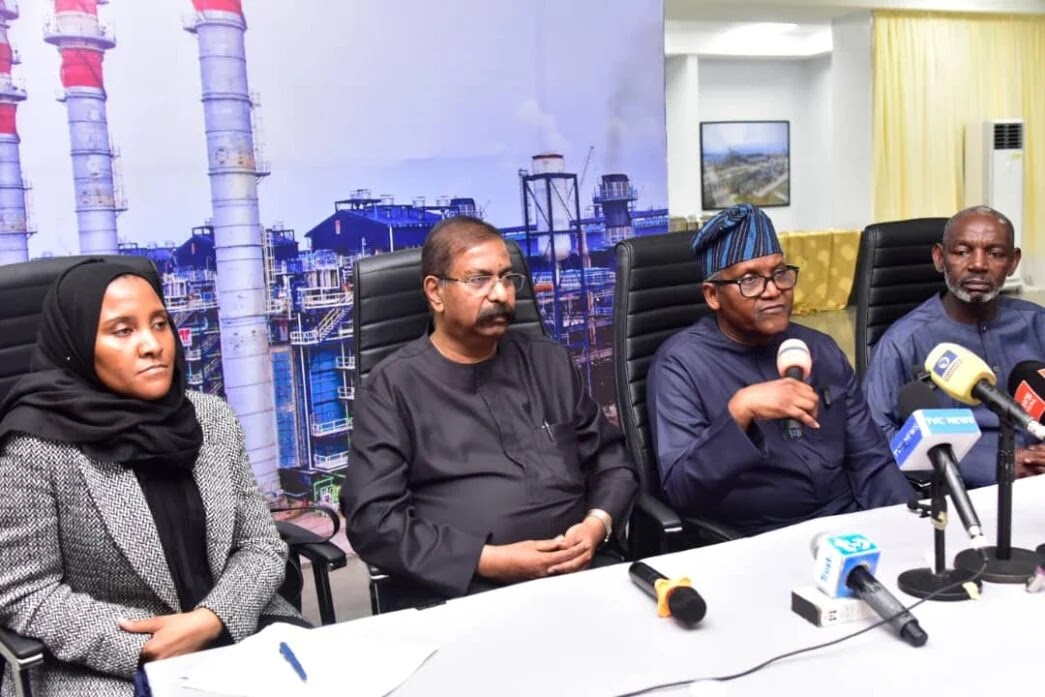By Eve Montie
Copyright observer

Last week, Microsoft announced plans for a new A.I. data center in Mount Pleasant, Wis., on the site that once belonged to Foxconn, which abandoned a $10 billion manufacturing plant project there. Microsoft has repurposed the 315-acre property to house its latest data center, designed to power OpenAI, Microsoft AI, Copilot and other advanced A.I. workloads. The $3.3 billion facility, part of Microsoft’s broader “Fairwater” design, aims to balance soaring demand for A.I. infrastructure with sustainability concerns over energy and water use.
The center will feature state-of-the-art A.I. architecture built to train and run large-scale models at 10 times the capacity of today’s fastest supercomputer. Microsoft CEO Satya Nadella said it will support “hundreds of thousands” of Nvidia GPUs connected by “enough fiber to circle the Earth 4.5 times,” making it the world’s largest and most powerful data center.
To address concerns about water consumption, cooling will be managed by what Microsoft calls the world’s second-largest closed-loop cooling system, which recycles all wastewater with minimal evaporation. The company also plans to offset the center’s electricity needs with a new 250-megawatt off-site solar power plant to ease strain on the regional grid.
The U.S. data center boom
The Mount Pleasant facility is one of three planned Fairwater centers in the U.S. Even with its immense scale, Microsoft plans additional builds nationwide.
Major tech firms are racing to expand their physical infrastructure to support generative A.I. More than 600 data centers already operate in Virginia’s “Data Center Alley,” which handles about 70 percent of global internet traffic. Oregon and Texas are also major hubs, followed by Nevada, Arizona and Georgia.
Google’s largest centers are in Oregon, Georgia, Virginia and Texas. Meta has sites in Iowa, Missouri, Alabama and Idaho, while Amazon Web Services dominates Virginia and maintains campuses in Oregon, Ohio and Texas, with more under construction in Arizona and California. OpenAI has not disclosed its own data center locations but continues to rely heavily on Microsoft’s Azure platform.
Tax incentives and local impact
State and county tax breaks are also fueling the boom. In Wisconsin, Microsoft enjoys a sales tax exemption on data center purchases with no expiration date. Other states offer similar benefits, though some impose time limits on eligibility.
The economic effects are mixed, however. Construction often creates thousands of high-paying jobs, but data centers themselves typically employ fewer than 200 workers each, according to the Wall Street Journal. Facilities also consume billions of gallons of water annually, raising alarms about sustainability and resource strain.
Health concerns are also mounting. A 2024 study from UC Riverside and Caltech projected that data centers could drive 600,000 asthma-related cases by 2030 due to increased air pollution. Residents in South Memphis have already reported breathing problems linked to emissions from a nearby xAI data center. Such effects could worsen in communities already burdened by gentrification and environmental racism, deepening disparities in public health.



